
Cream of tartar is an oddball ingredient that dedicated bakers usually have on hand, but seldom understand completely. It's not a spice or a flavoring and, although it plays a role in leavening baked goods, it's not a leavening either. For example, it can help make your cookies rise but only if it's combined with other ingredients.
About Cream of Tartar
Cream of tartar is a finely powdered form of tartaric acid, a byproduct of wine making. When grape juice is fermented for wine a number of substances precipitate out of the juice, including the tartaric acid. Those crystals are separated from the juice and purified, then ground to a fine powder for culinary use. It's valuable to cooks and bakers as one of the few acidic ingredients that's readily available in dry form.
Tartar and Soda
Most cookies rely at least in part on baking powder or baking soda to provide leavening. Baking soda is an alkaline substance, properly known as sodium bicarbonate. When it encounters both moisture and an acidic ingredient, such as brown sugar or molasses, it reacts by producing carbon dioxide and raising the cookies. If there isn't enough acid in the recipe, it won't rise properly and the soda can leave a soapy, chemical flavor in the cookies. Baking powder is a pre-measured combination of baking soda and cream of tartar that helps avoid this risk and provides a reliable rise.
When to Use Tartar
Typically you'd add cream of tartar to your cookie dough only if there is usually a notable taste of baking soda in the finished cookies. It takes roughly three times as much cream of tartar to balance out any given amount of soda, but other ingredients in your recipe usually contain some of the needed acidity. Often adding tartar in an amount equal to your baking soda fixes the recipe. If there's still a discernible taste of soda, increase the ratio to 2 parts of tartar for each quantity of soda.
Other Uses for Tartar
Although cream of tartar is important as a leavening ingredient, it has other uses as well. When you're cooking beets, red cabbage or other vegetables containing those deep red and purple hues, a small amount of acidity added to the water will help preserve their color. Unlike vinegar and lemon juice, tartar won't affect the flavor of the vegetables. If you need soured milk in a recipe, you can use tartar in place of lemon juice as a curdling agent. A pinch of tartar helps egg whites whip up light and fluffy, and cut fruits or vegetables dipped in a solution of water and tartar won't brown as quickly.
Related Articles

Can Self Rising Flour Substitute for ...

What Works With Baking Soda Besides ...
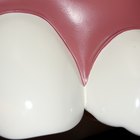
How to Remove Soda Stains From the Teeth

What Is a Substitute for Cherry Liqueur?
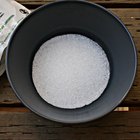
How to Make Xylitol Toothpaste

Will Cream of Tartar Whiten Teeth?
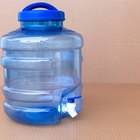
How to Purify Water With Hydrogen ...

Bojangles Patio Red Cherry Soda ...
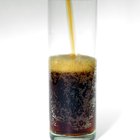
Is There Glucose in Soda?

Does Cream of Tartar Contain Dairy?

What Is a Substitute for Potassium ...
Can I Store Biscuit Dough Overnight?

What Are the Functions of Cream of ...

Does Brandy Freeze?

How to Make Your Own Oxygenating ...

What Happens to Bananas Dipped in Lemon ...
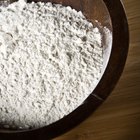
Ingredients to Counteract the Bitter ...

Can I Make Sangria From White Zinfandel?

How to Get Rid of Skunk Smell With ...
What Is the Purpose of Cream of Tartar ...
References
- On Food and Cooking: The Science and Lore of the Kitchen; Harold McGee
- The New Food Lover's Companion; Sharon Tyler Herbst, Ron Herbst
Writer Bio
Fred Decker is a trained chef and prolific freelance writer. In previous careers, he sold insurance and mutual funds, and was a longtime retailer. He was educated at Memorial University of Newfoundland and the Northern Alberta Institute of Technology. His articles have appeared on numerous home and garden sites including GoneOutdoors, TheNest and eHow.
Photo Credits
Digital Vision./Digital Vision/Getty Images